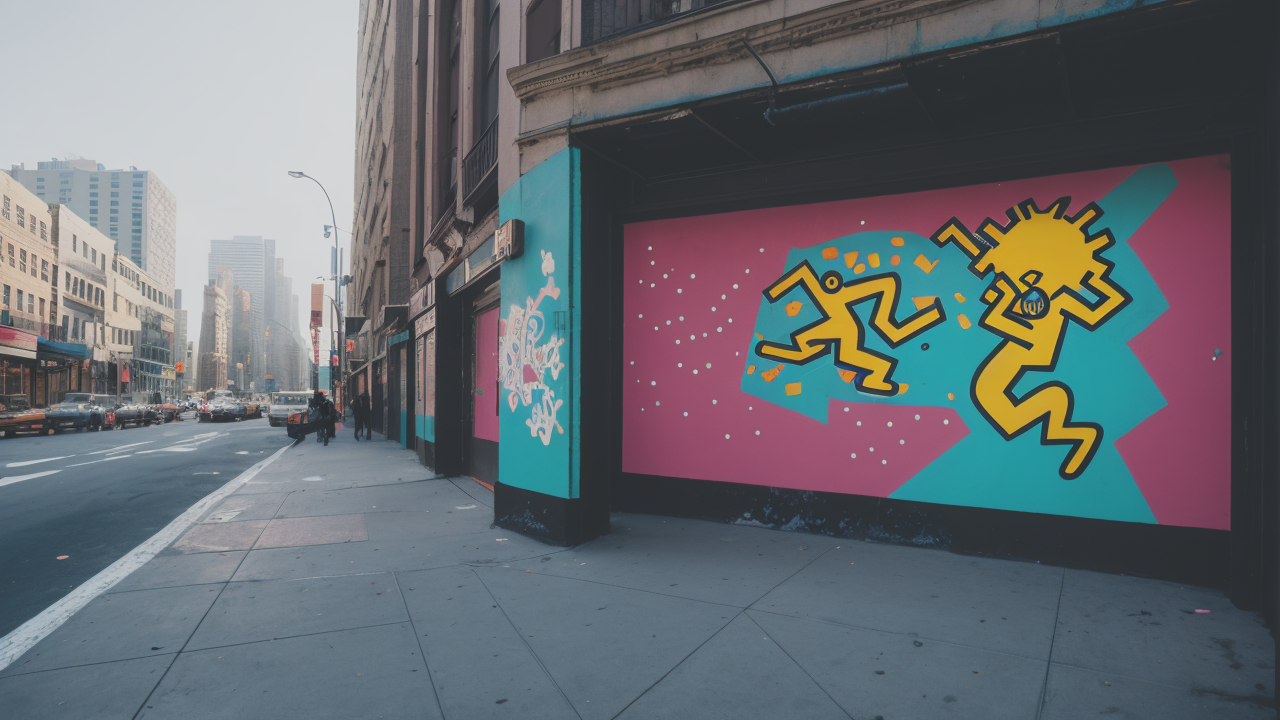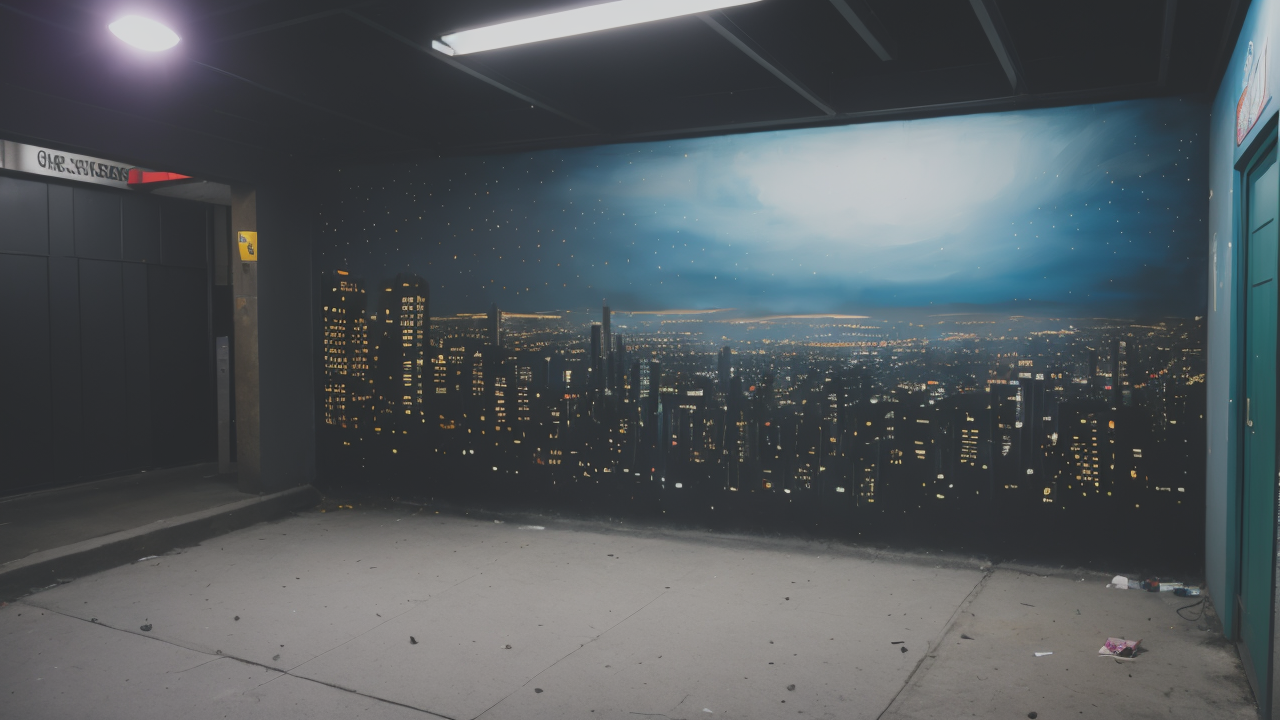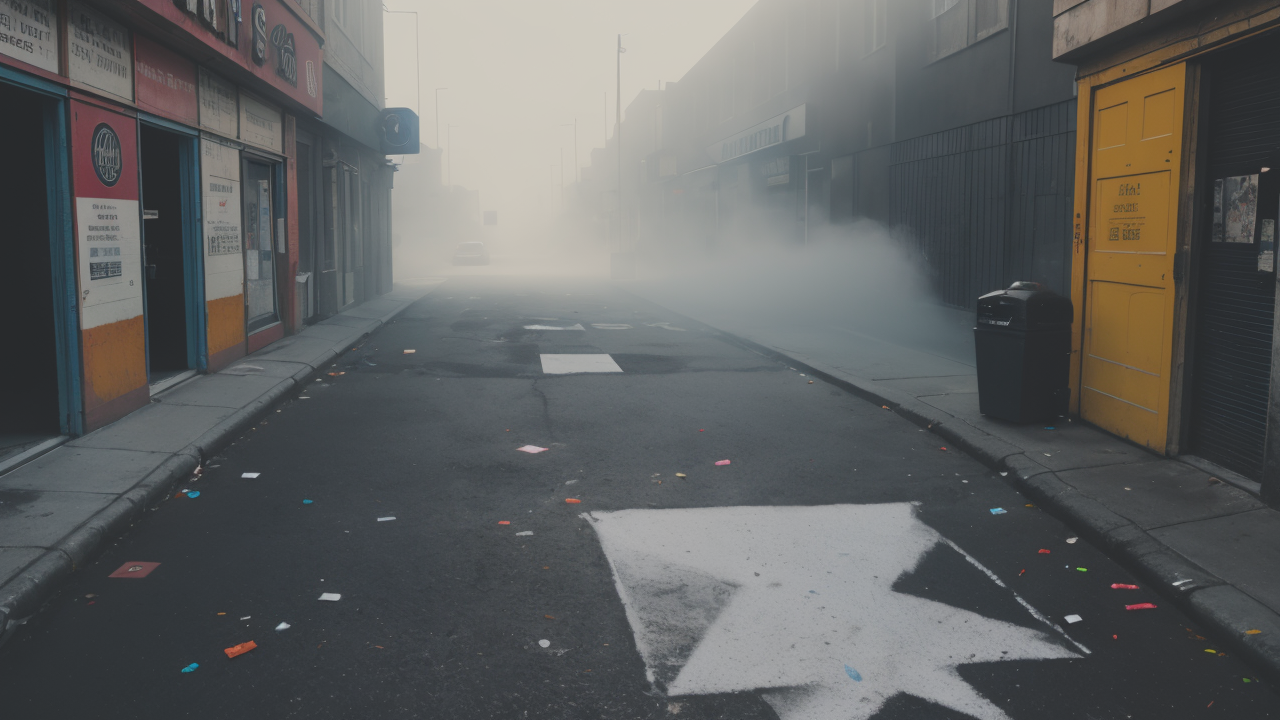
Innovative Window Wall Decor: Merging Street Art and Traditional Canvasing
The Allure of Graffiti: How It Influences Fine Artists
The Evolution of Street Art in the United States
Street art in the USA has a colorful history. It started in the 1970s as simple tags on walls. Over time, it grew into complex murals and designs. At first, many people saw it as vandalism. But views have changed a lot since then.

New York City became the birthplace of modern graffiti. Artists like Keith Haring and Jean-Michel Basquiat gained fame. They brought street art into galleries. This helped change how people viewed it.
In the 1990s, street art began to be more accepted. Cities started to commission murals. Street art festivals popped up across the country. Artists like Shepard Fairey became well-known.
Today, street art is seen as a valid form of expression. It's used in ads and design. Many fine artists now draw inspiration from street art styles. The line between street art and fine art is blurring.
Bridging the Gap: When Graffiti Meets Traditional Media
The blend of street art and fine art is exciting. Artists are mixing spray paint with oil paint. They're bringing urban styles into galleries. This fusion creates new and interesting art forms.
Some artists use graffiti techniques on canvas. Others bring fine art methods to the streets. For example, an artist might use oil paint to create a mural. Or they might add spray paint effects to an oil painting.
This mix challenges old ideas about art. It blurs the line between "high" and "low" art. Many artists find this freeing. They can express themselves without limits.
Museums and galleries are embracing this trend. They're showing more works that blend street and fine art. This helps bring new audiences to both art forms. It's changing the art world in exciting ways.
Oil Painting as a Medium for Street Art Expression
The Technological Advantages of Oil Painting in Urban Environments
Oil paint offers unique benefits for street artists. It's durable and long-lasting. This makes it great for outdoor art. Oil paint can withstand sun, rain, and temperature changes.

The texture of oil paint is also helpful. It can be thick or thin. Artists can create many effects. They can make smooth surfaces or add texture. This versatility is perfect for urban art.
Oil paint dries slowly. This gives artists time to work. They can blend colors and make changes. It's ideal for large, detailed murals. Artists can work on their pieces over several days.
The colors in oil paint are rich and vibrant. They stand out on city walls. Oil paint can also be mixed with other materials. This allows for even more creative options. It's a flexible medium for street artists.
Case Studies: Successful Street Art Oil Painting Projects
Many artists have used oil paint in street art projects. One example is the work of Conor Harrington. He blends realistic oil painting with graffiti styles. His murals can be seen in cities around the world.
Another artist, Axel Void, uses oil paint for his street art. He creates large-scale portraits on buildings. His work often deals with social issues. The use of oil paint gives his work a classic feel.
In Los Angeles, artist Hueman creates colorful abstract murals. She uses a mix of oil and spray paint. This combo allows her to create both fine details and bold splashes of color.
These artists show how oil paint can elevate street art. It allows for more complex and lasting pieces. Their work bridges the gap between street art and fine art. It's changing how we think about public art.
Navigating the Legalities and Ethical Concerns
Intellectual Property and Street Art: Oil Painting as a Boundary Phenomenon
Using oil paint in street art raises legal questions. Traditional oil paintings are protected by copyright. But the legal status of street art is often unclear.

When an artist uses oil paint for street art, it blurs these lines. Is it street art or fine art? This can affect how it's treated under copyright law.
Some artists recreate street art in galleries using oil paint. This raises questions about ownership. Who owns the rights to a street piece recreated in oil?
There's also the issue of photographing street art. Many people take photos and share them online. But when the art is an oil painting, it may have stronger copyright protection.
These issues show how oil painting in street art is pushing legal boundaries. It's making us rethink how we define and protect different forms of art. The law is still catching up to these new art forms.
Ethical Considerations for Artists and Communities
Street artists using oil paint face ethical challenges. They must think about how their work affects communities. Oil paint is more permanent than spray paint. The art will be part of the landscape for longer.
Artists need to consider consent. Do they have permission to paint on a surface? Even if it's legal, is it right to change someone's property without asking?
There's also the question of gentrification. Street art can make neighborhoods more attractive. This can lead to rising property values. It might push out long-time residents.
Cultural appropriation is another concern. Artists should be careful about using symbols or styles from other cultures. This is especially important when creating permanent oil paintings.
Environmental impact is also important. Oil paint can contain harmful chemicals. Artists should think about using eco-friendly options when possible.
Safety is a concern too. Working with oil paint outdoors can be risky. Artists need to protect themselves and others from fumes and spills.
Lastly, there's the issue of preservation. Oil paintings may need maintenance over time. Who is responsible for this? The artist, the property owner, or the community?
These ethical concerns show that street art isn't just about creating beautiful images. It's about being responsible members of the community. Artists must balance their creative vision with respect for others.
In conclusion, the blend of oil painting and street art is exciting and complex. It offers new ways to create and experience art. But it also brings challenges. As this trend grows, we'll need to find new ways to support and regulate it. The future of urban art looks bright and colorful, just like the oil paintings brightening our city streets.


